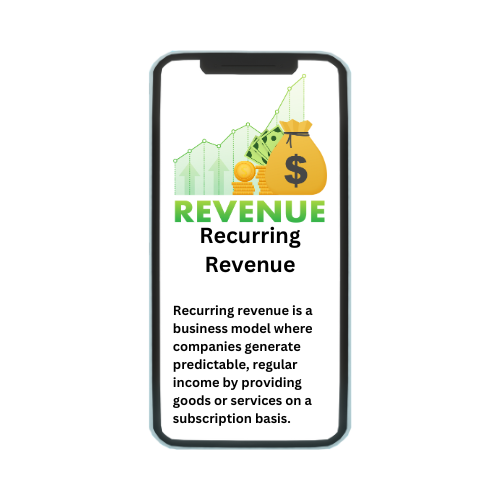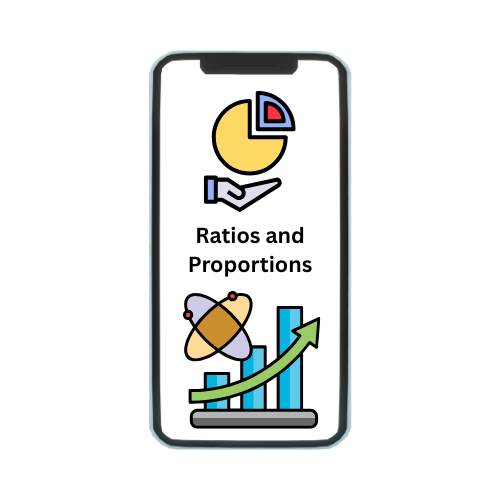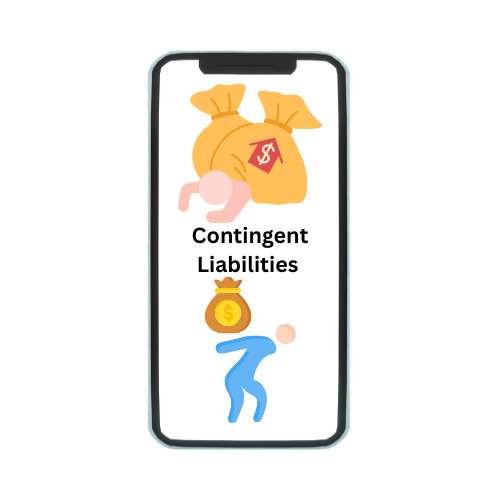Recurring revenue is a business model where companies generate predictable, regular income by providing goods or services on a subscription basis. This revenue stream is characterized by its stability and consistency, as it typically involves ongoing payments from customers at regular intervals, such as monthly or annually. Unlike one-time transactions, recurring revenue allows businesses to forecast financial performance with greater accuracy and plan for sustainable growth. Common examples include subscription services, membership fees, and maintenance contracts. This model not only enhances cash flow stability but also builds long-term customer relationships, as it often involves continuous engagement and value delivery. In financial analysis, recurring revenue is highly valued for its ability to provide a more reliable and sustainable financial outlook compared to sporadic, one-time sales.
Types of Recurring Revenue
- Subscription Revenue: This type involves customers paying a regular fee to access a product or service over a defined period. Examples include streaming services like Netflix or software subscriptions such as Microsoft Office 365.
- Membership Fees: Businesses charge members a recurring fee to access exclusive benefits, content, or services. Gyms, clubs, and professional associations often utilize this model.
- Service Contracts: Companies offer ongoing support or maintenance services for a periodic fee. This model is common in industries like IT, where businesses provide continuous technical support and system updates.
- Licensing Fees: Organizations pay for the right to use intellectual property or proprietary technology on a recurring basis. Software companies frequently use licensing agreements to generate steady revenue.
- Leasing Income: Businesses lease out equipment, property, or other assets, receiving regular payments from lessees. This model is prevalent in real estate and machinery rental industries.
Benefits of Recurring Revenue
- Predictable Cash Flow: Recurring revenue creates a steady income stream, allowing businesses to forecast financial performance and manage cash flow with greater accuracy.
- Increased Financial Stability: With regular payments from customers, companies are less vulnerable to the volatility of one-time sales, leading to more stable financial health.
- Customer Retention: Recurring revenue models often involve ongoing customer relationships, fostering loyalty and reducing churn by continuously delivering value.
- Scalable Growth: As businesses can predict their revenue streams, they can plan and scale operations more effectively, investing in growth initiatives with greater confidence.
- Enhanced Valuation: Investors often value companies with recurring revenue models higher due to the stability and predictability of their income, which can lead to better funding opportunities and higher market valuations.
- Efficient Resource Allocation: Predictable revenue allows businesses to allocate resources more efficiently, optimizing operations and planning for long-term strategic goals.
Challenges of Recurring Revenue
- Customer Retention: Maintaining a steady stream of recurring revenue requires continuous engagement and satisfaction. Losing customers can significantly impact revenue, making retention strategies crucial and sometimes challenging to implement effectively.
- Revenue Fluctuations: While recurring revenue provides predictability, companies may still experience fluctuations due to seasonal trends, economic downturns, or changes in customer preferences, necessitating careful financial planning.
- High Initial Investment: Implementing a recurring revenue model often involves significant upfront costs for developing products, services, or infrastructure, which can strain financial resources before generating a steady income.
- Complex Billing Management: Managing subscriptions or contracts involves intricate billing processes, including handling renewals, adjustments, and cancellations, which can be complex and require robust systems to avoid errors.
- Increased Customer Expectations: As customers pay regularly, their expectations for service quality and value increase. Companies must continuously enhance their offerings to meet these expectations and justify the ongoing cost.
- Churn Management: Monitoring and reducing churn—the rate at which customers cancel their subscriptions or memberships—is critical. High churn rates can undermine the stability and growth potential of the recurring revenue model.
Strategies to Enhance Recurring Revenue
- Improve Customer Experience: Enhancing the customer experience through exceptional service, user-friendly interfaces, and valuable content can increase satisfaction and retention, leading to a more stable recurring revenue stream.
- Offer Tiered Pricing Models: Providing various subscription tiers or service levels can attract a broader audience and cater to different customer needs, potentially increasing the average revenue per user (ARPU) and boosting overall recurring revenue.
- Implement Upselling and Cross-selling: Introducing complementary products or services to existing customers can drive additional revenue. Effective upselling and cross-selling strategies help maximize the value of each customer relationship.
- Regularly Update and Innovate: Keeping offerings fresh and relevant through updates, new features, or innovative services can maintain customer interest and prevent churn, ensuring ongoing engagement and payments.
- Enhance Customer Support: Providing robust, responsive customer support can resolve issues quickly and improve customer satisfaction, leading to higher retention rates and sustained recurring revenue.
Examples of Successful Recurring Revenue Models
- Streaming Services: Companies like Netflix and Spotify have successfully implemented subscription-based models, offering unlimited access to a vast library of content for a monthly fee. This model capitalizes on the growing demand for on-demand entertainment and provides consistent revenue through subscriber fees.
- Software as a Service (SaaS): Providers such as Salesforce and Microsoft 365 use a subscription model to offer software solutions. Customers pay recurring fees for access to the latest software versions, ongoing support, and cloud-based services, ensuring steady revenue and continuous product updates.
- Subscription Boxes: Services like Birchbox and Blue Apron deliver curated products on a regular basis, such as beauty samples or meal kits, to subscribers. This model appeals to consumers seeking convenience and personalized experiences, generating predictable revenue through recurring orders.
- Membership Programs: Organizations like Amazon Prime and Costco charge annual or monthly membership fees to provide access to exclusive benefits, including discounts, free shipping, and special services. This model builds a loyal customer base and generates steady revenue from membership dues.
- Online Learning Platforms: Platforms like Coursera and MasterClass offer access to educational content and courses through subscription plans. This model attracts learners seeking ongoing education and professional development, providing a reliable revenue stream from subscription fees.
How to Transition to a Recurring Revenue Model
- Assess Current Revenue Streams: Begin by evaluating your existing business model and revenue streams to identify areas where a recurring revenue model could be introduced. Understand customer needs and how a subscription or membership approach could fit into your offerings.
- Define Value Proposition: Clearly articulate the value your recurring revenue model will offer to customers. Ensure that the benefits of subscribing or paying regularly are compelling and align with customer expectations.
- Develop a Subscription Plan: Create a subscription structure that suits your business and target market. Consider different pricing tiers, contract lengths, and payment frequencies to cater to a diverse customer base.
- Adjust Pricing Strategy: Revise your pricing strategy to accommodate the recurring revenue model. Balance affordability for customers with profitability for your business, and consider offering introductory rates or discounts to attract initial subscribers.
- Implement Technology Solutions: Invest in the necessary technology to manage subscriptions, including billing systems, CRM tools, and customer management platforms. Ensure that these systems can handle recurring payments, renewals, and customer support efficiently.
- Communicate with Customers: Clearly communicate the transition to your existing customers. Highlight the benefits of the new model, provide detailed information on how it will work, and offer incentives to encourage early adoption.
- Train Your Team: Equip your sales, marketing, and customer support teams with the knowledge and tools they need to handle the new recurring revenue model. Training ensures that they can effectively promote and manage the subscription offerings.
- Monitor and Optimize: After the transition, closely monitor key metrics such as customer acquisition, retention rates, and revenue growth. Use this data to refine your subscription offerings, improve customer satisfaction, and address any issues that arise.
- Gather Feedback: Regularly solicit feedback from customers to understand their experiences and preferences. Use this information to make adjustments and continuously enhance the value of your recurring revenue model.
Conclusion
Transitioning to a recurring revenue model can be a transformative strategy for businesses seeking stability, growth, and long-term customer relationships. By thoroughly assessing existing revenue streams, defining a compelling value proposition, and carefully planning the subscription structure, companies can create a robust foundation for consistent income. Implementing the right technology and effectively communicating with customers are crucial for a smooth transition, while ongoing monitoring and optimization ensure the model adapts to market demands and customer feedback. With a well-executed approach, businesses can benefit from predictable cash flow, enhanced customer loyalty, and scalable growth, ultimately positioning themselves for sustained success in a competitive landscape.






